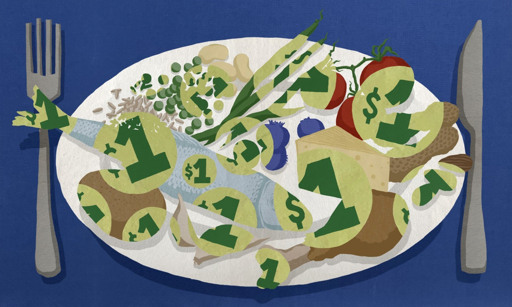Great points here! I also worry that after all this time that people in the food deserts have had their palate altered so even with the availability of fresh food it’s unlikely to take off. This would require serious community investment. I don’t know if this is too paternalistic.
Who shops for food beyond snacks at the dollar store??? I guess people who don’t have a choice.
I’m sure that’s the point. For a lot of people that is the only option. I have a Dollar General within a 2 minute drive while the actual grocery store is a 30 minute drive. If I didn’t have a car I’d have no other choice.
I don’t find the $tore is really that cheap. They have smaller sizes in most cases for food items. Prob better off at a big store and getting bulk frozen stuff.
This highlights part of the problem of how expensive it is to be poor. When youre living paycheck to paycheck, the thought of buying anything in bulk can be so daunting. Sure, you can get a months worth of food at Costco for $100, but when there’s $50 left in your bank account, $30 at the dollar store will get you through until the next paycheck, then the cycle repeats…
and we’re right back to the Vimes’ Boots Theory
I understand your point, but still think you would be better off at Walmart or some place just picking up what’s all on sale.
They mention in the article that they chose to use dollar stores to demonstrate the challenge of eating well in food deserts
And this sentence in the conclusion is pretty spot-on:
“Targeted policy to expand food access … will be necessary for the Lancet climate food plan to become effective.”





